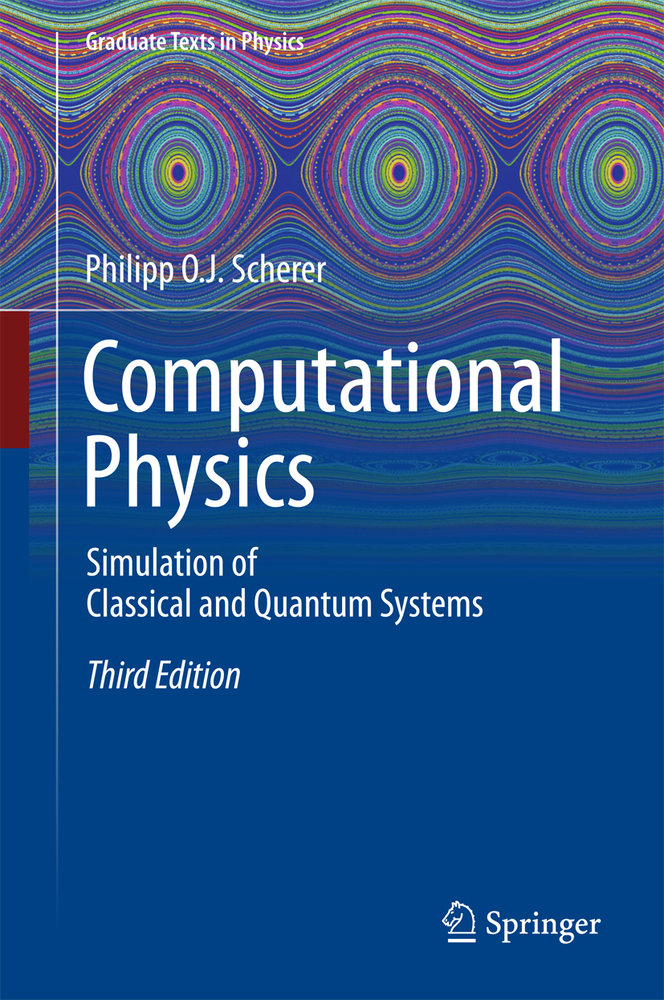This textbook presents basic numerical methods and applies them to a large variety of physical models in multiple computer experiments. Classical algorithms and more recent methods are explained. Partial differential equations are treated generally comparing important methods, and equations of motion are solved by a large number of simple as well as more sophisticated methods. Several modern algorithms for quantum wavepacket motion are compared. The first part of the book discusses the basic numerical methods, while the second part simulates classical and quantum systems. Simple but non-trivial examples from a broad range of physical topics offer readers insights into the numerical treatment but also the simulated problems. Rotational motion is studied in detail, as are simple quantum systems. A two-level system in an external field demonstrates elementary principles from quantum optics and simulation of a quantum bit. Principles of molecular dynamics are shown. Modern bounda
ry element methods are presented in addition to standard methods, and waves and diffusion processes are simulated comparing the stability and efficiency of different methods. A large number of computer experiments is provided, which can be tried out even by readers with no programming skills. Exercises in the applets complete the pedagogical treatment in the book. In the third edition Monte Carlo methods and random number generation have been updated taking recent developments into account. Krylov-space methods for eigenvalue problems are discussed in much more detail. The wavelet transformation method has been included as well as simple applications to continuum mechanics and convection-diffusion problems. Lastly, elementary quantum many-body problems demonstrate the application of variational and Monte-Carlo methods.



